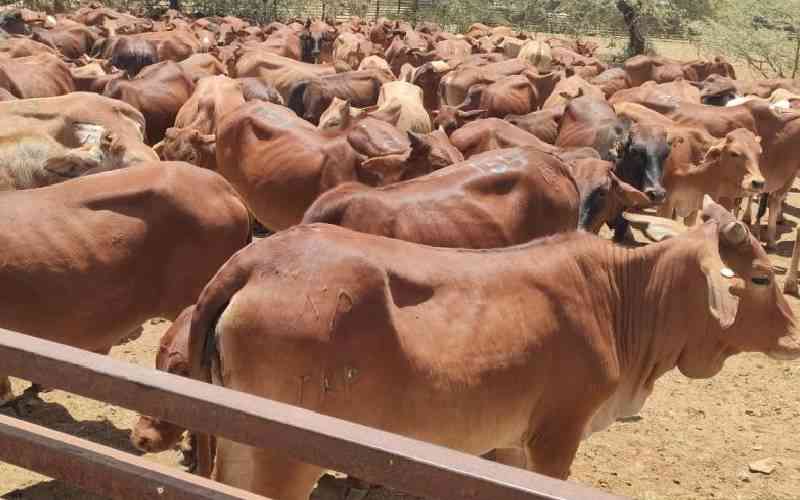Mint is an aromatic perennial herb grown for its leaves. The leaves are used fresh or dried to make teas, jams and desserts. Essential oil can be extracted from the leaves and used as a flavouring.
Mint plants possess erect, branching stems and oblong to ovate or lanceolate leaves arranged in opposing pairs on the stems. The leaves are often covered in tiny hairs and have a serrated margin.
They produce a terminal flower spike and the flowers can be white or purple in colour depending on the variety.
Mint plants are fast growing and can be very invasive. They reach heights of 60–90 cm and will continue growing for many years once established.
How to grow mint
Mint is a rapidly growing plant and is easy to grow. It grows best in partial shade to full sun and is generally tolerates different levels of temperatures. Mint adapts to many soil types but develops the best foliage in nutrient-rich, moist, well-drained soil, with a slightly acidic pH between 6-7.
Planting
Mint is readily propagated from seeds, cuttings or by dividing an established plant.
The best and easiest way however is by taking cuttings from the desired plants, whereby the established mint plant is divided for transplanting by taking some branches along with a portion of root. These cuttings are planted horizontally in the soil.
Seeds should be sown to a depth of 6mm and sprout within 10-15 days at room temperature or slightly warmer temperature.
Seedlings are transplanted into the garden when they attain at least two sets of true leaves. They are set 18-24 inches apart.
Thinning- seedlings should be thinned after emergence such that the plants are spaced 45-60 cm apart.
Pinching– the stems should be pinched back in order to encourage shorter, bushier growth.
Flowers should also be removed as they appear.
Mulching- this helps to keep the soil moist and keep the leaves clean. It also suppresses weed development as well as releasing nutrients into the soil once the mulch decomposes.
Stay informed. Subscribe to our newsletter
Weeding– the area around mint plants should be kept free of weeds. Otherwise, this makes it look untidy, and the weeds also reduce yields as they compete for growth factors and affect flavour.
Pruning- mint is very vigorous and should be pruned regularly to keep the plants in check. Any unwanted runners should be removed.
Irrigation– plants should be watered regularly to keep the soil evenly moist.
Common pests that affect mint
Aphids– these are usually found clustered on tender new growth and cause curling and distortion of foliar as well as excrete honeydew, which encourages the growth of sooty mold.
Spider mites – these small, translucent coloured pests live on the undersides of mint leaves and generally cluster towards the tops of new growth. They cause damage by piercing tiny holes in leaf cells and make their presence known by causing speckled discoloration on leaves and leaving behind thin webbing.
Cutworms– these are caterpillars found in the soil which cut the stems of the young plants at soil level.
Common diseases
Mint rust – small, dusty, bright orange, yellow or brown pustules develop on the undersides of leaves. The new shoots may become pale and distorted, large areas of leaf tissue die and leaves may drop from plant in severe cases of infection.
Powdery mildew– its symptoms are quite distinctive. Infected plants display white powdery spots on the leaves and stems. The lower leaves are the most affected, but the mildew can appear on any above-ground part of the plant. As the disease progresses, the spots get larger and denser and the mildew may spread up and down the length of the plant.
Harvesting and handling
Mint grows to maturity and is ready for harvesting about 60-90 days after sowing, depending on the variety and environmental conditions. At this point, the plants have reached 8- 10 cm in height.
Harvesting is done using a sharp knife or scissors.
Although young leaves have more flavour than old ones, mint can be harvested as soon as it comes up.
The stems are cut before flowering, one inch from the ground, and one mint plant can be harvested two or three times in one growing season.
Frequent harvesting is very important in keeping mint plants at their best.
 The Standard Group Plc is a
multi-media organization with investments in media platforms spanning newspaper
print operations, television, radio broadcasting, digital and online services. The
Standard Group is recognized as a leading multi-media house in Kenya with a key
influence in matters of national and international interest.
The Standard Group Plc is a
multi-media organization with investments in media platforms spanning newspaper
print operations, television, radio broadcasting, digital and online services. The
Standard Group is recognized as a leading multi-media house in Kenya with a key
influence in matters of national and international interest.
 The Standard Group Plc is a
multi-media organization with investments in media platforms spanning newspaper
print operations, television, radio broadcasting, digital and online services. The
Standard Group is recognized as a leading multi-media house in Kenya with a key
influence in matters of national and international interest.
The Standard Group Plc is a
multi-media organization with investments in media platforms spanning newspaper
print operations, television, radio broadcasting, digital and online services. The
Standard Group is recognized as a leading multi-media house in Kenya with a key
influence in matters of national and international interest.








